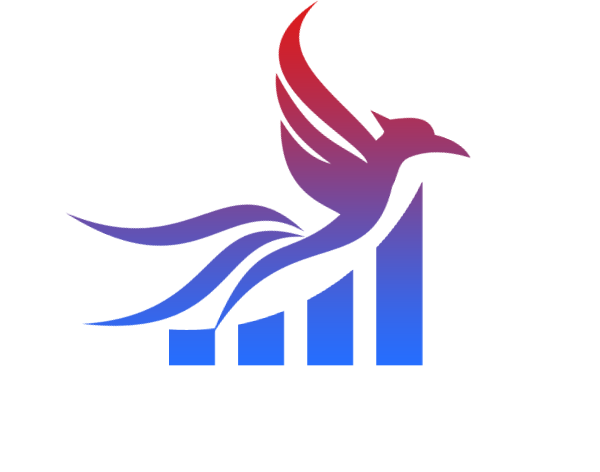Cash-Out Refinancing: A Comprehensive Guide
- Content Writer
- August 18, 2023
- Cash Out Refinance, Mortgage and Financing Options
- 0 Comments
1. What is Cash-Out Refinancing?
Cash-out refinancing involves replacing your existing mortgage with a new one for an amount larger than what you currently owe on your home. The difference between the two amounts is given to you in cash.
Example: Let’s say John has a house worth $300,000 and he owes $150,000 on his current mortgage. If he decides on a cash-out refinance for $200,000, he’d still pay off the existing $150,000 mortgage and receive the remaining $50,000 in cash.
2. How does it differ from other refinancing methods?
a) Standard Rate-and-Term Refinance: Here, homeowners might refinance to either change the length of the loan term, get a lower interest rate, or sometimes both. There’s no cash back in this scenario.
b) Cash-Out Refinance: As described above, this allows homeowners to get a lump sum of cash by taking out a larger loan than what they currently owe.
c) Home Equity Line of Credit (HELOC): Instead of refinancing, homeowners can also tap into their equity by opening a HELOC, which is a line of credit. Unlike a cash-out refinance, a HELOC functions more like a credit card, and interest is only paid on the money you actually draw.
d) Home Equity Loan: This is a second loan, separate from your primary mortgage, which allows you to borrow against your home’s equity. It’s given as a lump sum and is repaid in installments over time.
3. When might Cash-Out Refinancing be beneficial?
a) Home Improvements: If you want to renovate or make additions to your home, using the cash from a refinance can sometimes make sense, especially if these improvements add value to your home.
b) High-Interest Debt: If you have high-interest debts like credit cards, using a cash-out refinance to pay them off could save you money in interest over time. This is because mortgages generally have lower interest rates than credit cards.
c) Big Purchases or Life Events: Maybe you have a child going to college or you’re planning a wedding. The lump sum can help cover these expenses.
d) Investments: If you can secure a lower interest rate on your mortgage than what you might earn from an investment, it could be beneficial to invest the cash from the refinance.
4. Advantages of Cash-Out Refinancing
a) Lower Interest Rates: If the current market rates are lower than when you got your original loan, you could save money over time.
b) Consolidate Debts: As mentioned above, paying off high-interest debts can be a smart move.
c) Tax Deductions: Mortgage interest can often be tax-deductible, whereas credit card interest is not.
5. Potential Drawbacks
a) Closing Costs: Refinancing isn’t free. Closing costs can range from 2% to 6% of the loan amount.
b) Higher Monthly Payments: Since you’re taking out a larger loan, your monthly payment might increase.
c) Longer Payback Period: If you extend the term of the loan, it could take longer to pay off your home.
d) Risk of Losing Your Home: If you can’t keep up with the new payments, you risk foreclosure.
6. Real-life scenario:
Samantha has accumulated $20,000 in credit card debt over the years with an interest rate of around 18%. She also wants to renovate her kitchen, which will cost $30,000. Her home has increased in value, and she’s built a lot of equity. Samantha decides on a cash-out refinance. Not only does she get a lower interest rate on her new mortgage, but she also uses the cash to pay off her credit card debt and renovate her kitchen. Over the years, this move saves Samantha thousands in interest.
Conclusion: Cash-out refinancing can be a strategic financial tool when used wisely. It’s essential to weigh the pros and cons, consider current market conditions, and assess your long-term financial goals before diving in. Consulting with a financial advisor or mortgage specialist is always a wise decision.


